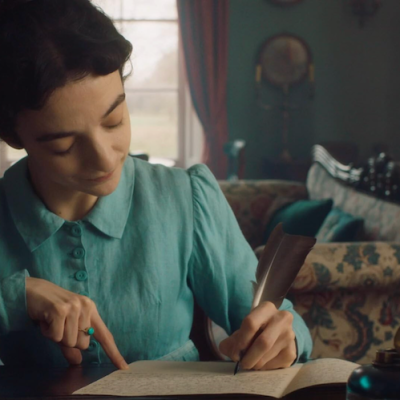It is the strangest normal day imaginable. At Beamish, a sprawling 350-acre recreation of everyday life in the north-east of England from the 1820s to the 1950s, a signpost tells me that I can walk the loop from the Regency period to the post-war years in eight minutes. Or longer if I go backwards.
I’ve not not spent the day in a Disneyland of bygone normality. I have been on a lot of trams and historic buses with dust-jacketed conductors hanging off the back, to railway sheds where lightly sooted workers feed coal into a stationary engine. Tattered posters warn with a stage wink of the penalties for men caught pocketing lumps of coal from the wagons and carrying them home. I have been invited to try on empire-line dresses by a housemaid in a Georgian bedroom while we chat about her marriage prospects; contemplated having my curls set in a 1950s hairdresser’s on a 1950s high street. Further up the hill, a queue builds outside the sweet shop to watch an Edwardian pour cinder toffee. I have seen a 1940s farmhand catch an errant duckling by scooping it into his flat cap, and stroked its quivering fluff as it settles and peeps in his hand.
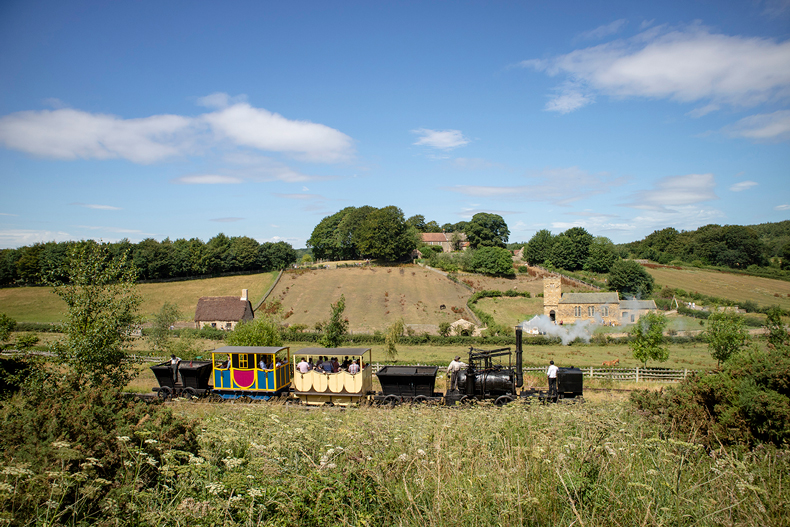
Beamish, which opened in 1972 and calls itself the Living Museum of the North, was England’s first regional open-air museum – a pioneering concept at the time that has since grown into a nationwide heritage-cum-leisure industry. Crowned Museum of the Year by Art Fund earlier this summer, Beamish had more than 830,000 visitors in 2024, making it one of the most visited attractions outside London, though it’s not the only one of its kind: the Black Country Living Museum in Dudley and Blists Hill Victorian Town at Ironbridge in Shropshire, for instance, record hundreds of thousands of visitors each. Millions more view the Weald & Downland Living Museum in its guise as the BBC’s Repair Shop.
Founded by the coking plant worker-turned-museum director Frank Atkinson, Beamish began with a policy of ‘unselective collecting’ from local communities – in Atkinson’s words, ‘You offer it to us and we’ll collect it.’ Some of the houses, farms and a colliery are original to the site; others are replicas. There are also buildings – terraced housing, shops, a school, a medieval church, a railway station – that were relocated brick-by-brick to the museum when threatened with demolition. Everything is now replete with donated furnishings, rare breed livestock, costumed interpreters and working machinery. The whole endeavour is at the same time completely commonplace and extraordinarily mad.
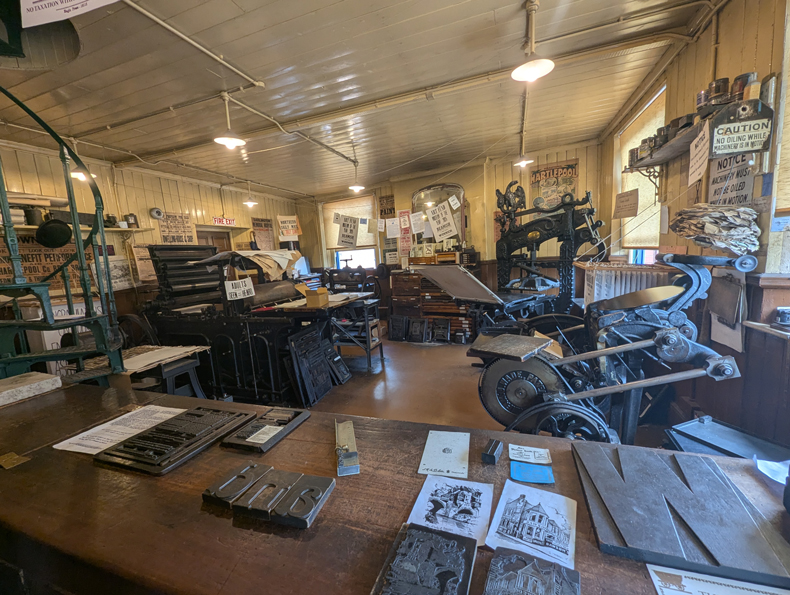
It takes me far too long to realise that a comprehensive visit is out of the question. What I haven’t done is taken a tour down what was once a working mine shaft; eaten at Davy’s Fried Fish Shop in the pit village (cooked in beef dripping on coal-fired ranges); been to the 1950s cinema or the 1900s bank, print shop or solicitor’s; or taken a ride at the fair on the steam-powered carousel. Those faux-historic posters, I learn afterwards, are made in the replica print shop on antique machinery from a printworks in Barnard Castle, with the machines being operated as part of the display. The living museum is also its own circular economy.
Momentarily, by the steam gallopers, the fairground organ feels too much and I am faced with the question of how to relate to the past. After contemplating the families crammed into those tiny miners’ cottages, the ruined lungs and industrial accidents, it is a carnival of cognitive dissonance. I am at the fair with the vanished dead who toiled and also went to the fair – and up the paths the endless altered people are coming on their visit from the present. The organ is playing a ye olde arrangement of ‘(Is This the Way to) Amarillo’: it is uncanny and overwhelming and all the different flavours of nostalgia at once – twee, cheerily sentimental, painful. The moment passes. There is a generousness here, in that no one at Beamish has tried to tell me what feelings I ought to be having, about the past or the present.
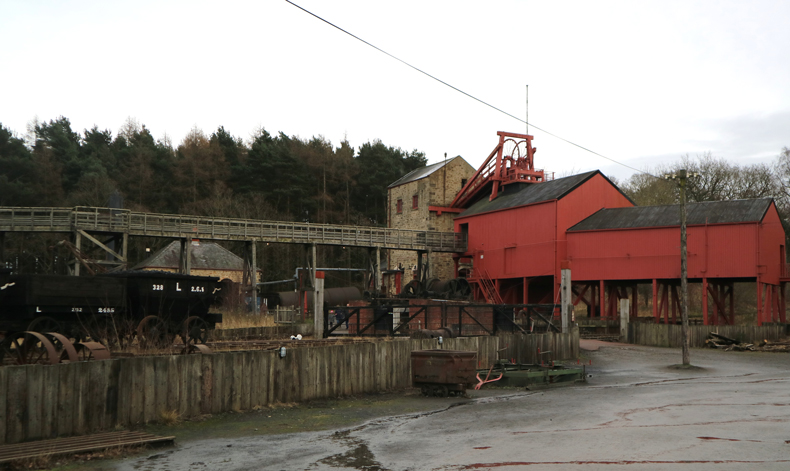
I have been in and out of a lot of houses. There are no labels or display cases, no interpretive panels, no strategically placed teasels on chairs. Once through the admissions entrance, there are no screens (except the cathode-ray kind available at the electrical shop). What information you might like is supplied by costumed staff and volunteers – consistently lovely and helpful and gamely playing along in character with varying degrees of commitment.
The easiest mistake to make in historical re-enactment is to create an era that never quite existed, by playing too closely to period. At Beamish, there is a real thoughtfulness given to how every age is a sort of palimpsest. New-built council houses from the 1950s have been moved into with a mix of mid-century and interwar furniture. The 1900s town is a Victorian centre that has evolved into Edwardian modernity. In a row of terraced houses built in Gateshead in the 1830s – earmarked for demolition in the 1970s and painstakingly relocated – one house has been presented as the home of Miss Florence Smith, a piano teacher, in 1913. Respectable but impecunious, she has inherited the house from her parents and lives among the now unfashionable clutter of their High Victoriana: velvet swags, flocked wallpaper, Staffordshire flatbacks, antimacassars. Next door, the local dentist has acquired a gas cooker and an enamelled bathroom with a flushing indoor toilet.
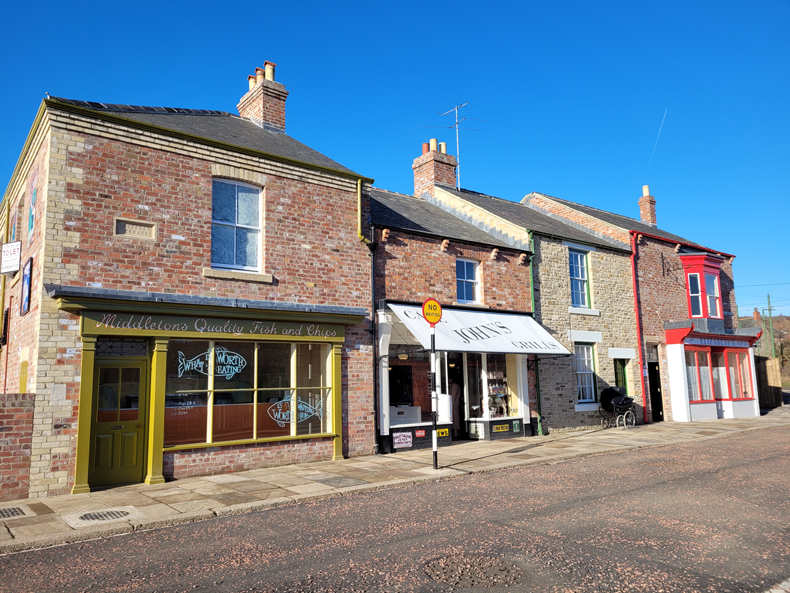
Would Miss Smith have longed for the mod cons of her wealthier neighbour? Did she cherish her Victorian parents’ belongings? The best thing about Beamish is the care it takes for the persistence in time of still earlier histories, alongside the new, even as each era is poised to change again. And here we are, wandering in and out of houses with the same mix of curiosity and yearning, strangeness and familiarity. It is cheap to be cynical about any of this.
The 1950s town, which opened in 2022, is the newest section of the museum. You would like to go back in time to tell Frank Atkinson this, when he was beginning to dream of setting up a museum of the everyday history that was vanishing around him. Now, it is the scene of elderly memories (quite literally: it was developed with the input of local people with first-hand knowledge of the era) and, to the children on school trips, the olden days. You imagine that soon there might be a 1970s exhibit, recreating the era from which all this had to be saved. Now that really is a living museum.

